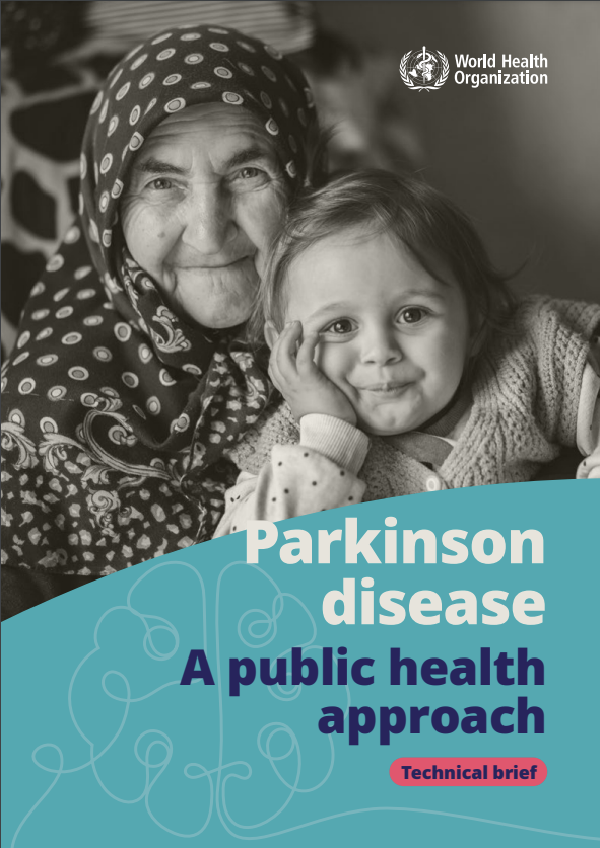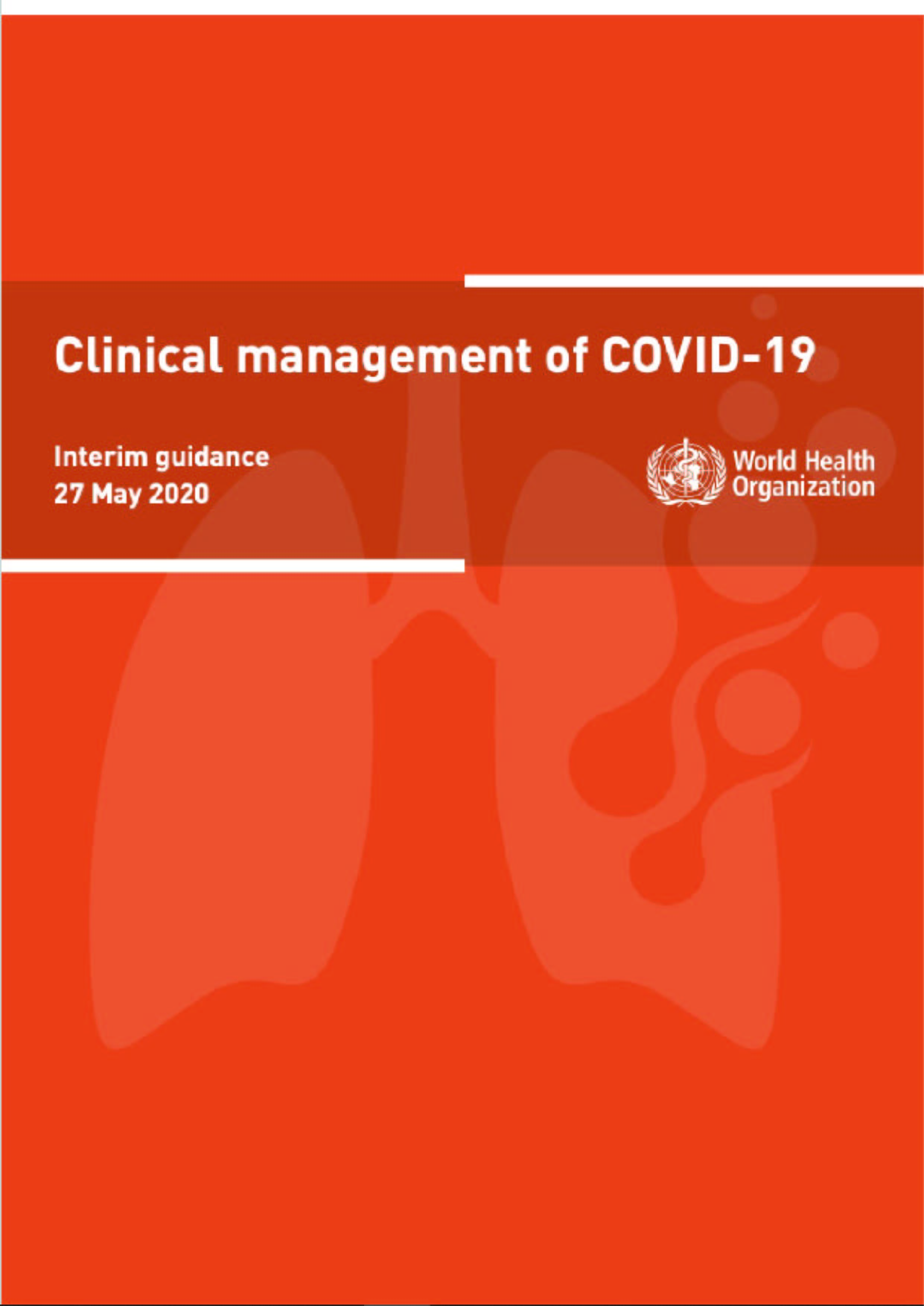The Parkinson disease: A public health approach technical brief outlines the global burden, treatment gaps, and crucial areas for actions for Parkinson disease (PD) and provides considerations for policies, implementation, and research with a focus on low- and middle-income countries (LMIC).
Globally, disability and death due to Parkinson disease are increasing faster than for any other neurological disorder. Despite the significant impact, there is inequality in the availability of resources to manage the disease, especially in LMIC.
The technical brief on PD is targeted to policy-makers, health programme managers and planners, health-care providers, researchers, people with PD and their carers and will support the implementation of the intersectoral action plan on epilepsy and other neurological disorders.
Globally, disability and death due to Parkinson disease (PD) are increasing faster than for any other neurological disorder (1). PD is a degenerative condition of the brain associated with motor symptoms (slow movement, tremor, rigidity, walking and imbalance) and a wide variety of non-motor complications (neuropsychiatric and autonomic symptoms, disorders of sleep and wakefulness, pain and other sensory disturbances). Progression of these symptoms and complications markedly decrease functioning, and quality of life and result in high rates of disability and care requirements. The main risk factor for PD is increasing age, although younger people can be affected as well. Despite the significant impact of PD, there is global inequality in the availability of neurological resources to manage the disease, with poor availability especially in low- and middleincome countries (LMIC).
The prevalence of PD has doubled in the past 25 years. The numbers are likely even higher when the many people living with various forms of parkinsonism are included, such as those caused by degenerative conditions (atypical parkinsonism), vascular lesions in the brain or adverse effects of medications such as neuroleptics. The data on incidence and prevalence are inconsistent, particularly for LMIC and for ethnic minorities in high-income countries (HIC), because of financial and geographical barriers to health care, underreporting of cases, misdiagnosis, lack of awareness of PD and incorrect perceptions that the decline associated with PD (e.g., slowing down or becoming stooped) is part of “normal” ageing. The inconsistent data make it difficult to estimate the global impact of PD accurately. Current estimates suggest that, in 2019, PD resulted in 5.8 million disability-adjusted life years, an increase of 81% since 2000, and caused 329,000 deaths, an increase of over 100% since 2000.
In 2017, PD was estimated to cost US$ 52 billion per year in the USA, which will continue to increase as the incidence and prevalence of PD rise. Large scale, rigorous economic data on the cost of PD in LMIC is lacking.
Despite substantial development of drugs to treat PD, none have proven to be effective in slowing progression. Levodopa remains the most effective drug for improving most motor and various non-motor symptoms of PD and for improving functioning and quality of life, although it cannot halt the neurodegenerative process. Data on the potential causes of PD and opportunities for risk reduction are, however, accumulating. The possible causes include environmental (e.g.: exposure to pesticides, solvents, and air pollution throughout life) and genetic risk factors (e.g., LRRK2 polymorphisms or mutations).
Levodopa is on the WHO Model Lists of Essential Medicines; however, it is not accessible, available, or affordable everywhere, particularly in LMIC. Although optimal PD care also requires an integrated interdisciplinary approach, appropriate treatment, rehabilitation and palliative care provided by interdisciplinary teams with expertise in neurological disorders are lacking in many parts of the world.
In the context of providing universal health coverage, an urgent public health response is necessary to meet the health and social requirements of people with PD and to improve functioning, quality of life and prevent disability as global longevity increases. A pressing need for effective preventive actions is also needed to slow the rising incidence of PD before the burden and costs of treatment overwhelm country health services. In line with the WHO’s Intersectoral global action plan on epilepsy and other neurological disorders, this brief, targeted to policy-makers, health programme managers and planners, health-care providers, researchers, people with PD, carers and other stakeholders, outlines the crucial areas for intervention in PD and several areas for action, including:
• global health policies to implement strategies focused on PD
• prevention and reduction of risks for PD including education and awareness;
• assured access to treatment and care, including access to and education of an interdisciplinary workforce trained in neurological disorders; and
• delivery of services and the management of PD at various levels of health systems.











